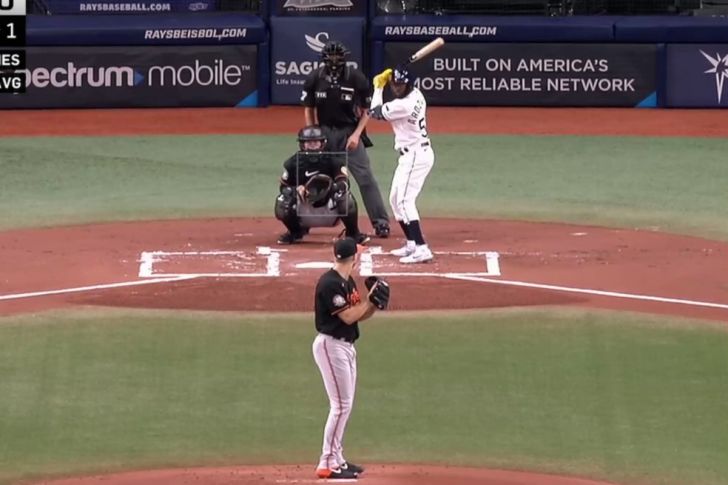How the Orioles' embrace of the sweeper has led to pitching improvements in the majors and minors
From big leaguers trying to stay in the rotation to prospects trying to make it there, the Orioles have benefited plenty from joining a trend that has, ahem, swept across the game in recent years.
Austin Voth saw teammates throwing the sweeping, horizontal-breaking sliders that now permeate baseball and had a single, longing thought.
“Wow, that’s a great pitch — I don’t think I’ll ever be able to throw that,” he said.
Then, he did by accident. He got on the side of a curveball and threw a sweeper by mistake in an early Orioles start against the Chicago White Sox, and pitching coach Chris Holt came to him shortly thereafter armed with video of that pitch as well as a grip and hand position to intentionally replicate it.
Before long, Voth was the latest example of the Orioles joining top pitching-development programs like the Dodgers, Rays, Astros, and Yankees and adding a new weapon — the sweeper — to their pitchers’ arsenals that has proven effective at all levels and reflects the blend of data-influenced decision-making, instruction, and performance they’ve been building to for years.
“It’s slower than the harder slider so there’s a speed differential and an action to the pitch that makes it very strange,” Holt, who is also the Orioles’ director of pitching, told me. “It looks like strange reactions from hitters. It’s really tough for them to stay on a fastball and a sweeping slider with the same swing, and that’s why we’ve seen a lot of early outs where it’s poor contact, off-balance, as opposed to harder sliders that really need to be located well and disappear underneath the bat. There might be a little more room for error with this pitch, and that kind of speaks to how it can be difficult to hardness the command of these things – they move so much.
“It takes a lot of work. It’s not an easy pitch. It’s an effective pitch, but it’s not easy.”




